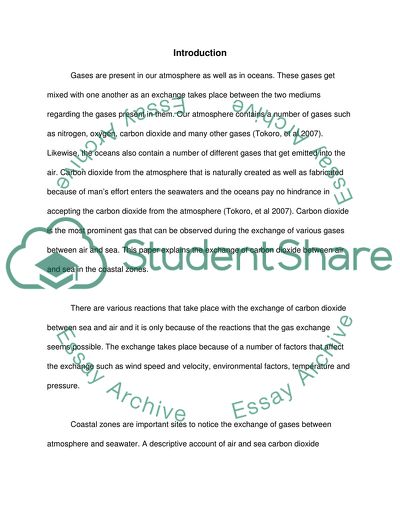Cite this document
(Air and Sea Carbon Dioxide Exchange in Coastal Zones Essay, n.d.)
Air and Sea Carbon Dioxide Exchange in Coastal Zones Essay. Retrieved from https://studentshare.org/chemistry/1744435-carbon-dioxide-air-sea-exchange
Air and Sea Carbon Dioxide Exchange in Coastal Zones Essay. Retrieved from https://studentshare.org/chemistry/1744435-carbon-dioxide-air-sea-exchange
(Air and Sea Carbon Dioxide Exchange in Coastal Zones Essay)
Air and Sea Carbon Dioxide Exchange in Coastal Zones Essay. https://studentshare.org/chemistry/1744435-carbon-dioxide-air-sea-exchange.
Air and Sea Carbon Dioxide Exchange in Coastal Zones Essay. https://studentshare.org/chemistry/1744435-carbon-dioxide-air-sea-exchange.
“Air and Sea Carbon Dioxide Exchange in Coastal Zones Essay”, n.d. https://studentshare.org/chemistry/1744435-carbon-dioxide-air-sea-exchange.


